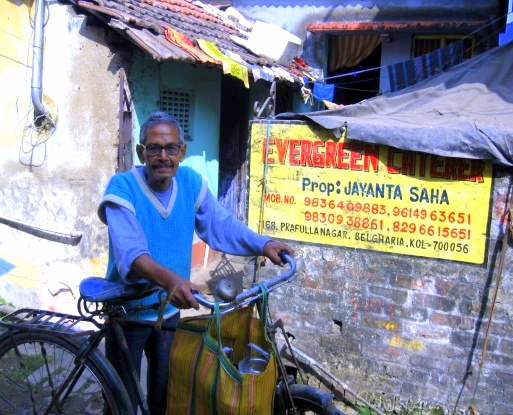Fauja Singh, Image Courtesy: ESPN
While most of us have fallen into
the trap of life’s daily drudgery – the monotonous routine of a job, housework
and children, leaves us with little respite; it’s hard not to cling onto
miraculous little inspirations that come our way from time to time.
One such wonder comes in the form of Fauja
Singh - a centenarian marathon runner who is living proof that anything can be
achieved if you only put your mind to it. All you need to do is throw in some
commitment, dedication and self-belief. An unassuming, deceptively frail man,
whose face is lined with fine wrinkles and a long billowing beard that cascades
down to his chest.
One can’t help but marvel at this
104-year-old British Sikh runner of Indian descent, who also goes by the names ‘Turbaned
Tornado’, ‘Running Baba’ and ‘Sikh Superman’. Singh, who bears an uncanny
resemblance to Professor Albus Dumbledore, a fictional character in J.K.
Rowling’s Harry Potter series, is the proud record holder of being the world’s
oldest centenarian endurance marathon runner.
When Singh was asked how he
managed to finish the grueling 26-mile (42.195 km) marathon he said very matter
-of-factly, “The first 20 miles are not
difficult. As for the last 6 miles, I run while talking to God.”
Born in Punjab on April 1911,
Fauja Singh’s childhood was not an easy one. As a child, he was often bullied
by children for being too thin and was referred to as danda. Ironically, he also failed to develop the ability to walk
until he was 5 years old. However, by the time he was a young adult he grew a
fervent love for running. This was short-lived as he gave it up post the
1947India-Pakistan partition, only to revive his love for it at the age of 89.
Singh’s heart-wrenching story is
that of personal loss and his relentless pursuit to recover from the
debilitating grief that accompanies it. In the year 1992, Singh’s wife passed
away. While he was in the process of coming to terms with this loss, tragedy
struck again in 1994, when his son Kuldip was killed in a construction
accident. Refusing to succumb to the crushing grief that comes with the loss of
a loved one, , Singh sought solace in running by rediscovering his love for it,
and thus, started the healing process.
This miracle man is living proof
that life only begins when you wish it to. For Singh it began at 89 years of
age - and it is still going strong as ever. Fauja is known to have replaced
David Beckham as the poster boy of the popular sports brand Adidas, as no one
epitomizes the fact that age is just a number, better than the ‘Turbaned
Tornado’. To conclude, as Adidas aptly put it in their popular slogan – Impossible is Nothing.
Tweet to @HelpAgeIndia_ with hashtag #BeLikeFauja what you find most inspirational about his story!













